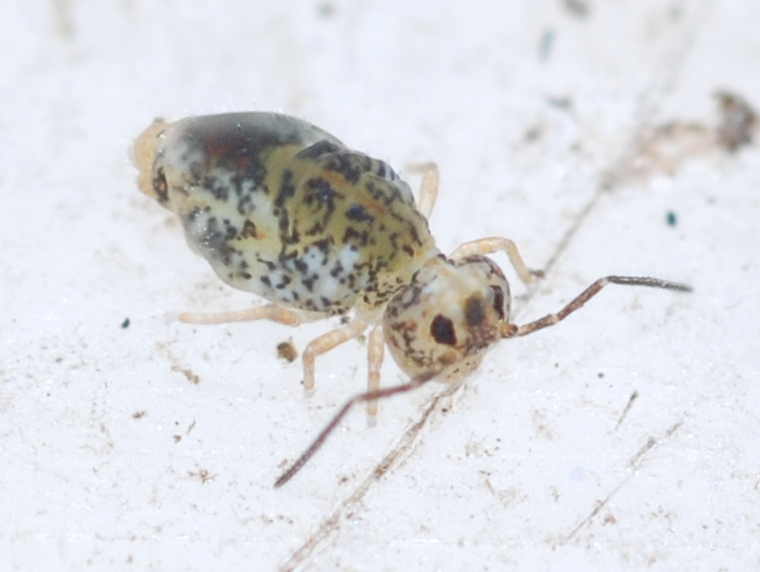Katiannidae gen. nov. 1, sp. nov.
Spring is definitely trying to get its act together, so I want to start making some regular posts about the other things that share the orchard with us. Most of them are pretty small, it's true, but they're definitely worthy of our attention.
I'll start with a species new to science. Yes, you read that right. It doesn't yet have a name, although it's known quite widely in the UK, having settled in amazingly well since its unknown arrival from ('tis thought) Tasmania… although it's never yet been seen in its native country, so nobody is completely sure where it came from!
Springtails are extremely charismatic little things, related to insects, but more primitive; the main difference is that they don't have wings, and never have had. There are many species, but the globular ones are probably the most appealing, often with spectacular patterning and a bit of an overdose of cuteness. Most of them feed on fungi or rotting plant material, and they can be found in their billions in the orchard – mainly in the woodland edges, in deep tussocks, or around the compost heaps. This species seems to be most common around the little gorse bushes by the railway line, and unlike most springtails, is often found climbing the vegetation.
Finding one isn't difficult, providing you've got a beating tray, but you're definitely going to need a magnifying glass; they grow to a maximum of around half a millimetre long!
